What is A ‘Good’ Mattress?
Your Ultimate Mattress Guide
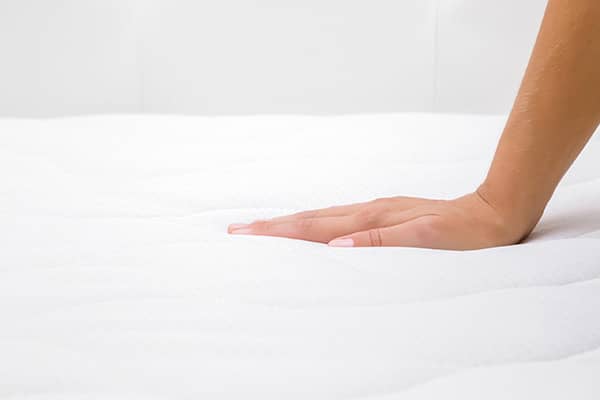
There’s a saying, “A good laugh and good sleep are the two best cures for anything.” While keeping a positive outlook in mind is good for our mental health, a good night sleep lets you wake up feeling recharged and revitalized. In fact, sleep is important for optimal health because our body repairs and detoxes during our shut-eyes. Study by the National Sleep Foundation in the US shows that 92% of people agree that a comfortable mattress is important to a good night’s sleep.
Now comes the questions, what is a ‘good’ mattress and where to start looking for the right fit?
Firstly, you need to assess the age of your mattress. Is your mattress still serving its purpose or are you waking up with a sore lower back or a crick in your neck? Do you have difficulties finding a good position to sleep at night? Or you notice new dips to your mattress that can’t be resolved by rotating it regularly. These are the tell-tale signs that you need to ditch the old mattress and get a new one.
When shopping for a new mattress, there are a few factors to consider in order to get a ‘good’ mattress that’s suitable for you. Truth be told, there’s no one-size-fits-all for a mattress. How then can you define a good mattress? Below are 5 questions to ask yourself when you are hunting for that perfect mattress.
1. What is your sleep position?
Your sleep position determines the firmness you need for your mattress. In general, there are 3 main types of sleep positions – back sleeper, side sleeper, and stomach sleeper.
A back sleeper should look for a mattress with medium firmness. A mattress that is able to give you a neutral alignment from shoulders to hips is your best bet. You may want to get a mattress with Euro top or Pillow top for better comfort.
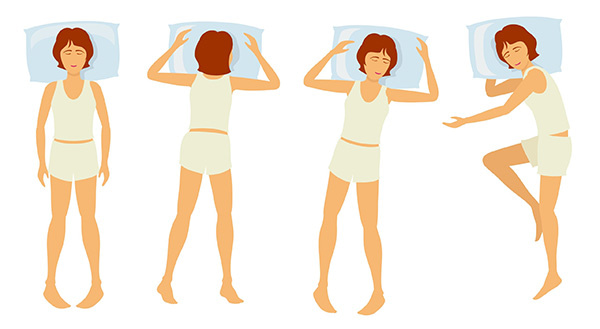
A side sleeper needs pressure relief at the shoulder and hip area. You may want to opt for a softer mattress that contours to the shape of your body while still providing the support needed. A pocketed spring mattress is a good option to consider. Pocketed spring mattress is designed to distribute your weight evenly as each individual spring acts to support your entire body weight to avoid putting too much pressure on certain areas of the body while sleeping.
A stomach sleeper is the opposite of a side sleeper. Stomach sleeper needs a mattress that is firm enough to support and lift the hips so that they are in line with the shoulders. You are likely to have your neck turned to one side while you sleep in this belly position. This sleep position also causes your back to bend slightly backward and may result in backache if not supported properly. You can choose a Pillow top if the comfort layer is preferred.
If you are a combo sleeper who changes your sleep position frequently, you can select a medium firm mattress with a pocketed spring system to give you the right comfort and support.
2. What is your firmness requirement?
If you are suffering from certain health conditions like back pain, arthritis, stiff neck, or muscle soreness if you work out frequently, you will want to consider the right mattress firmness that can help to alleviate your conditions. Firmness of your mattress is the actual ‘feel’ of the mattress and everyone has a different definition of firmness. Majority of the people would prefer a medium soft to firm mattress (between 4 to 7 of firmness scale). However, don’t just rely on your personal ‘feel’ of the mattress. Everyone has their own personal definition of soft, medium or firm. Get professional advice from a qualified product advisor in order to get you the right fit (according to your sleep position, weight, and so on). It is also recommended that you test out the actual mattress at stores.

3. What is your height and weight?
The sinkage, support, feel and how the mattress cradles your body can be affected by your body’s height and weight ratio (body mass index or BMI).
A lightweight (60 kg and below) sleeper can choose a soft mattress as he or she is not as likely to sink through the material compared to another heavier sleeper. If you fall within the lightweight category but prefer firmer mattress, you can choose a mattress with a Pillow top for extra comfort.
Medium-firm mattress is recommended for average weight sleepers (between 65-85 kg). You may also want to go for a mattress with a thick top layer for an optimal cushioning effect.
If you weigh over 90 kg, you should look for a mattress with good support, for example, a mattress with a pocketed spring system. It is recommended for heavy sleepers to opt for a higher spring count in order to get the balance of firmness and support needed. Pocketed spring mattress offers a body movement isolation feature, which is ideal if you have a partner sleeping with you. A thicker comfort top will give you a good cushion too while each individual spring acts to support your entire body weight to avoid putting too much pressure on a certain area of the body while you sleep.

4. What is the type of mattress?
Mattresses available in the market come in various types. The more popular options are foam, latex and spring mattresses. Reputable modern mattresses are usually designed and made from higher quality materials for all-round support. However, several factors (like the ones mentioned in this article) come into play when choosing the right mattress. Here is a brief description for each of the more common types of mattress.
Foam – Foam mattress is usually softer and offers contouring to our body. However, their softer trait may lack the support one needs. Due to the density of the material, foam mattress tends to trap heat.
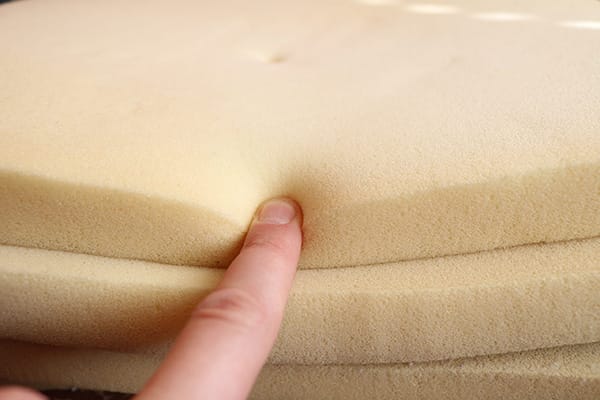
Latex – Latex mattress tends to be bouncier. As latex is a natural material, it is more eco-friendly. Latex is more durable and breathable compared to foam mattress, making it suitable for people who sleep hot. However, if you need deep pressure relief, for example at the shoulders or hips, latex may not be your choice of mattress.
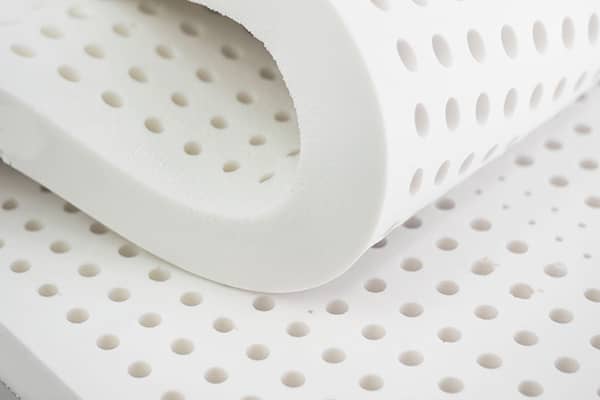
Spring – Spring mattress is the most popular mattress type because it provides both support and firmness. Additionally, the introduction of the pocketed spring system allows for body movement isolation, which means your sleep is not interrupted by movement of your partner on bed. This type of mattress is great for back sleepers, stomach sleepers and people who are heavier in weight. Today, spring mattresses come in different spring count to cater to different needs so you don’t have to worry much about the lack of pressure point relief from a spring mattress. You can always add a comfort layer for that extra softness or cushioning.
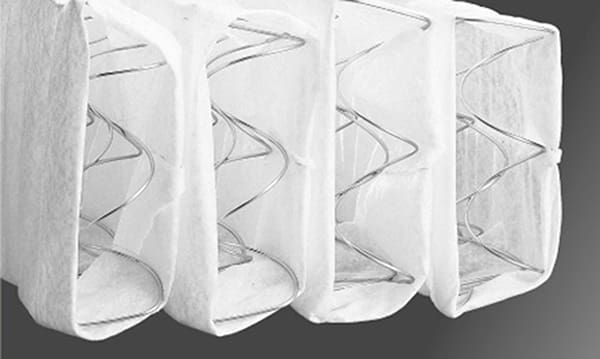
Check out Slumberland’s mattress gallery for more mattress options.
5. What is your budget?

Always predetermined your budget bracket before you start your mattress shopping. Brands nowadays offer incredible options across different price points. One thing to keep in mind is that you can’t pay peanuts and expect an ultra-luxurious bed. However, you can be a smart buyer by doing the research before you make a purchase and by getting a mattress that caters to your needs within your affordability. Our advice is, don’t be swayed by advertising gimmicks. Instead, do your due diligence before you pay.
Buying a mattress is an intimate thing. Therefore, focus on YOU. Don’t be shy to ask for an expert’s advice at the point-of-sale, be it at the physical outlet or on an online store so that he or she can assist you in finding a mattress that will fulfill your requirements. The product advisor may sometimes point out areas that you might miss when considering a good mattress.
A good mattress plays a vital role in giving you quality, good night’s sleep. It may not be the only factor to your quality sleep but it is an important one. A good bed should have qualities such as ergonomic support, right climate and right ambience. Other than that, your diets, activities and habits are part of the contributing factors to the quality of your sleep and the hours you sleep. If you are struggling to get a good night’s sleep, check out our sleeping tips to help you ease into your slumber.

“Sleep is incredibly important for recovery. We put it on the same priority as diet and fluids.” said HC Holmberg, professor of sports and science at Mid Sweden University. Here’s a final word from us – it’s time to recognise sleep as a priority, not an inconvenience. Let’s start with getting a good bed.



